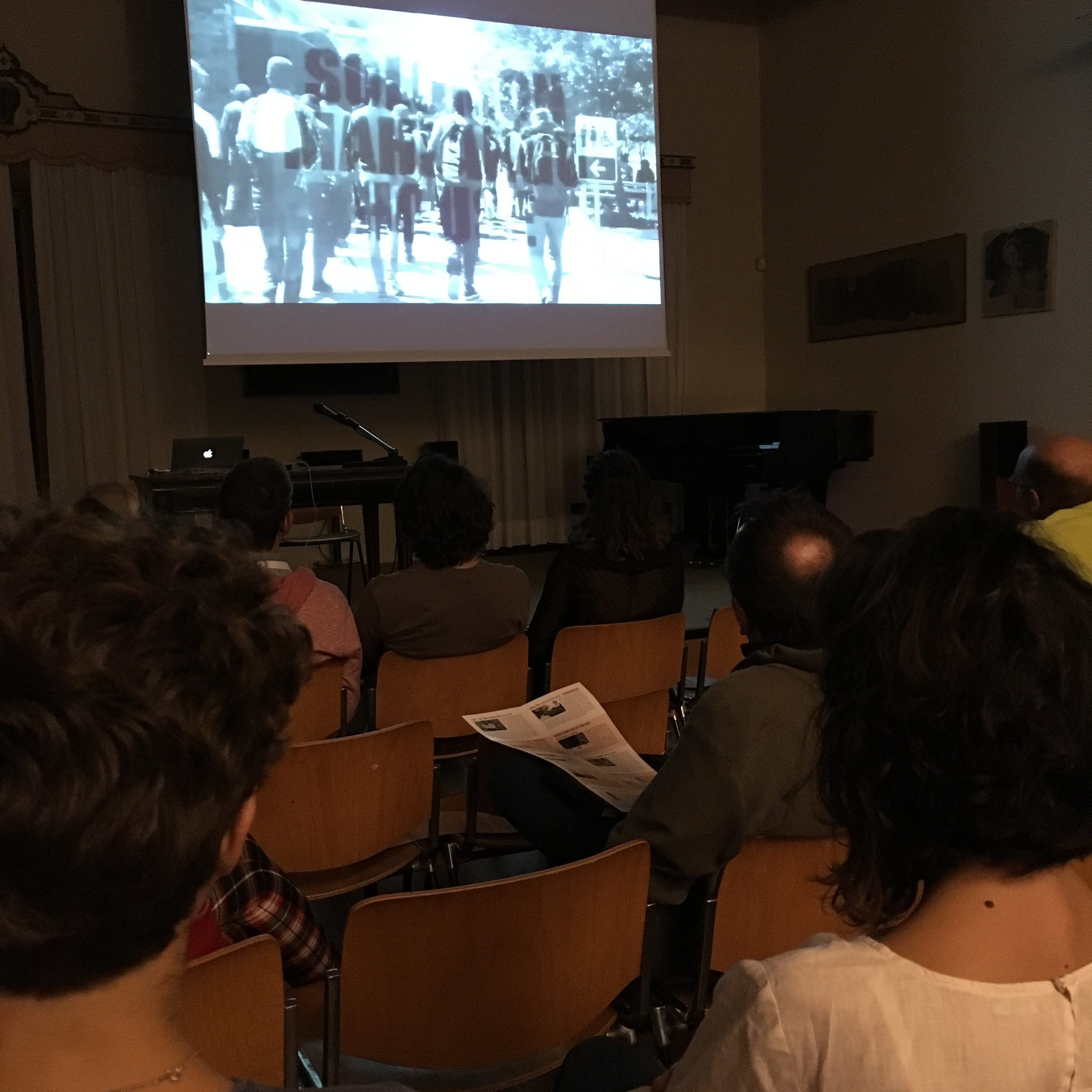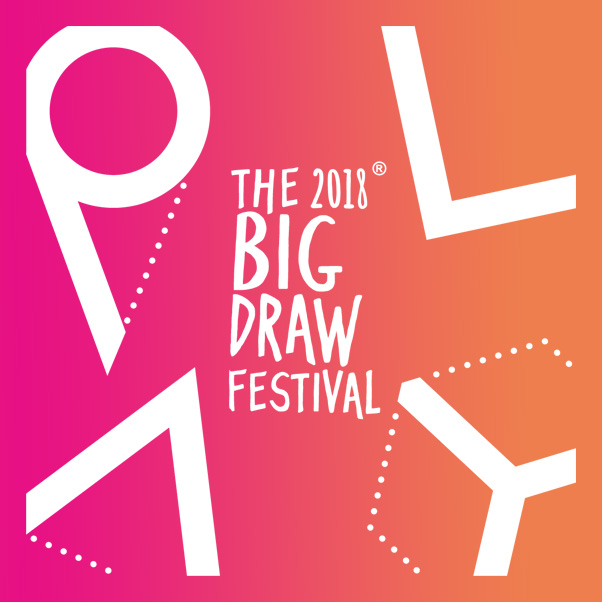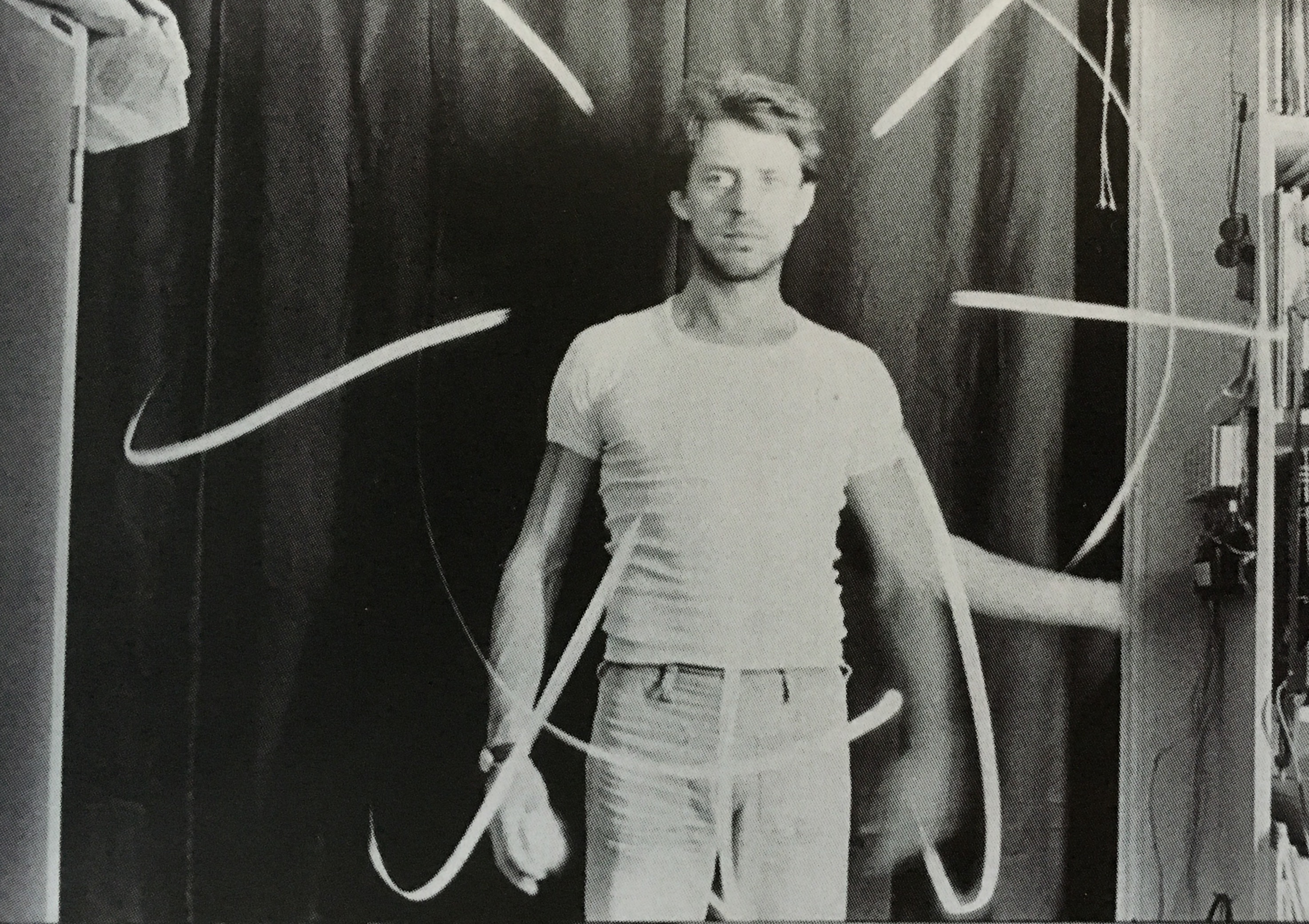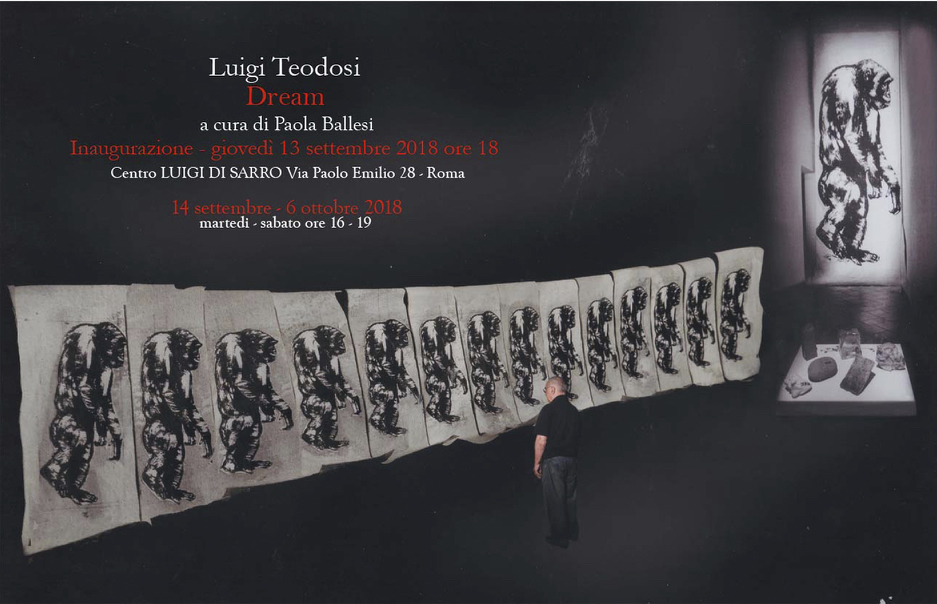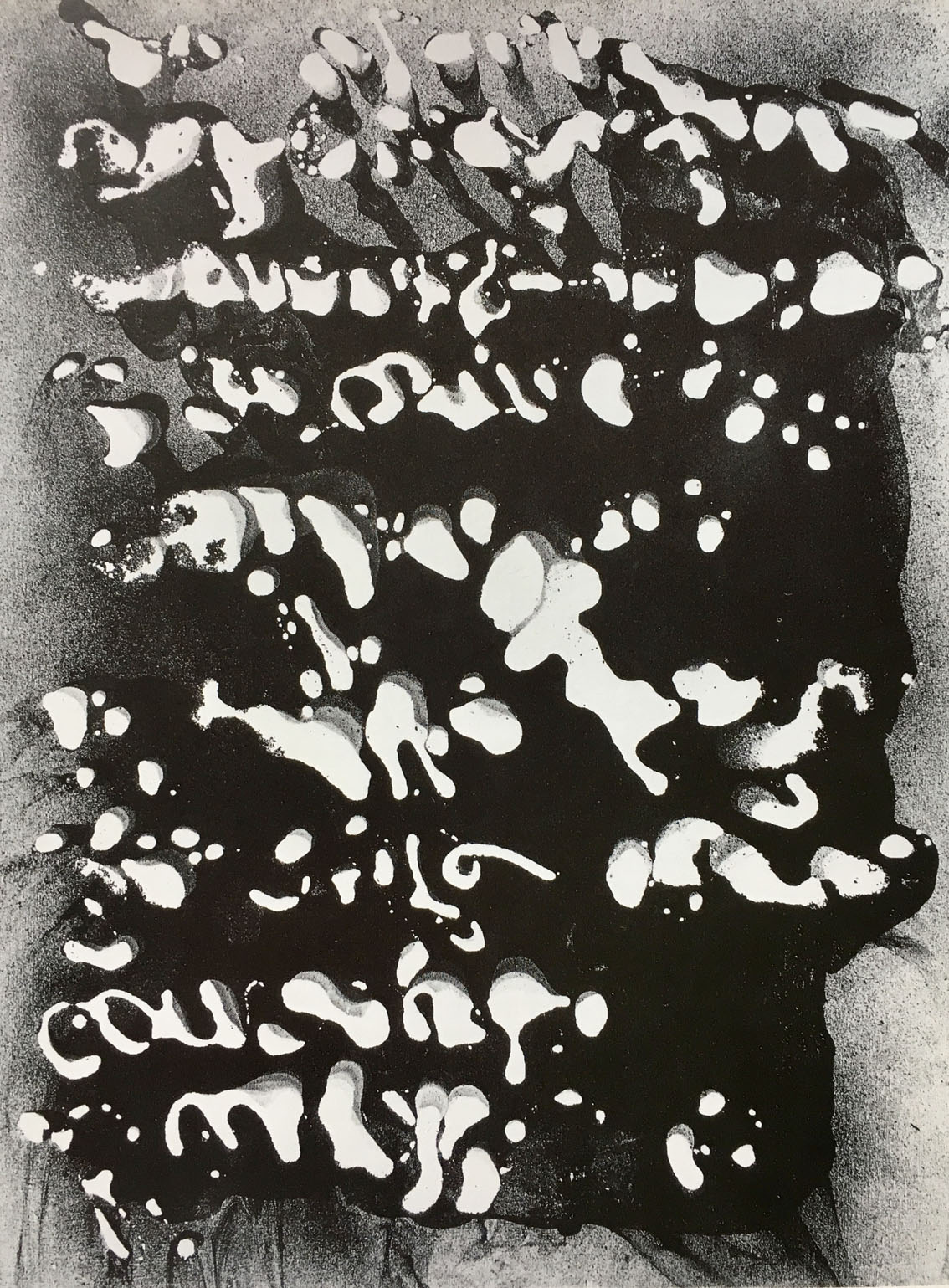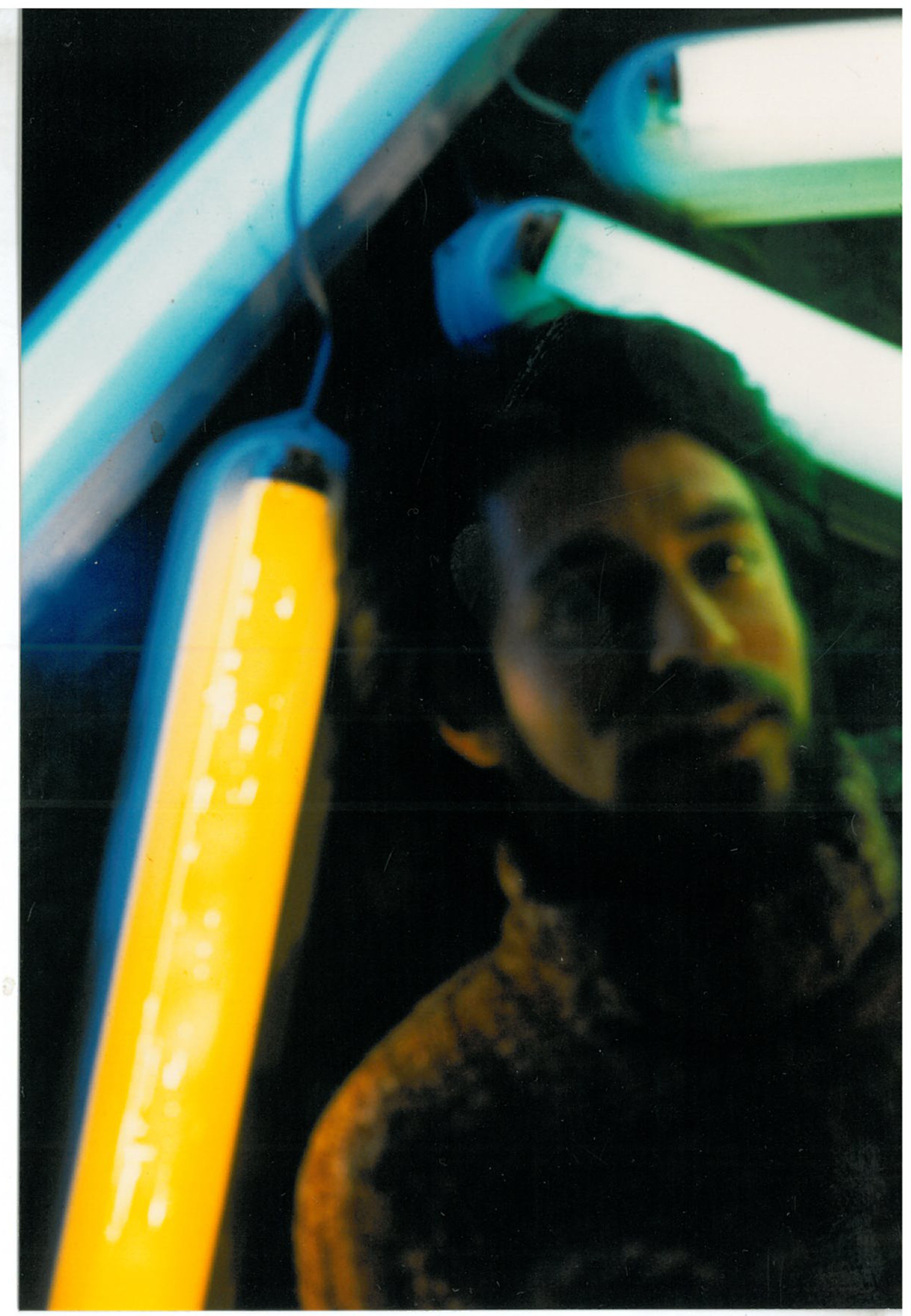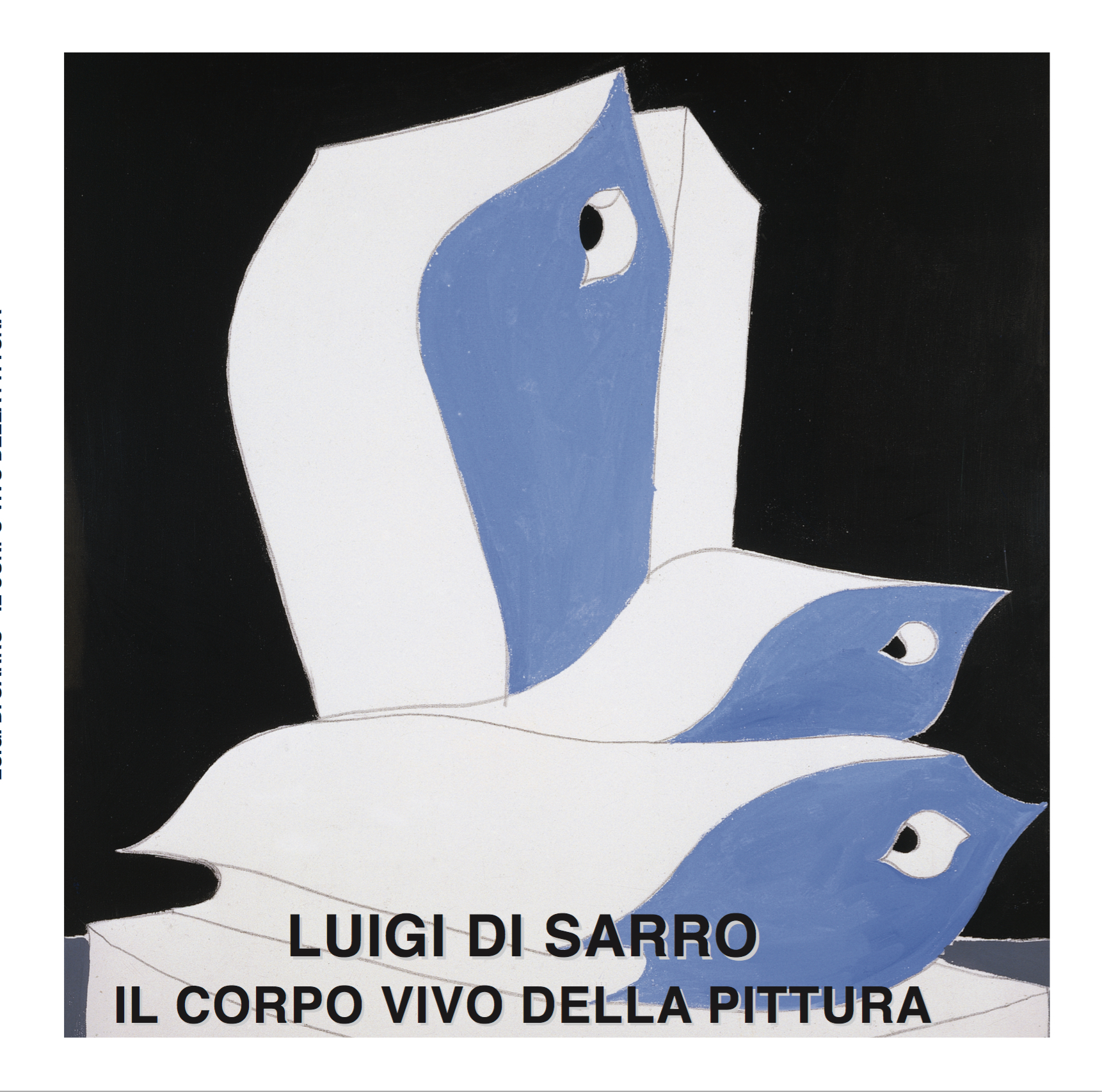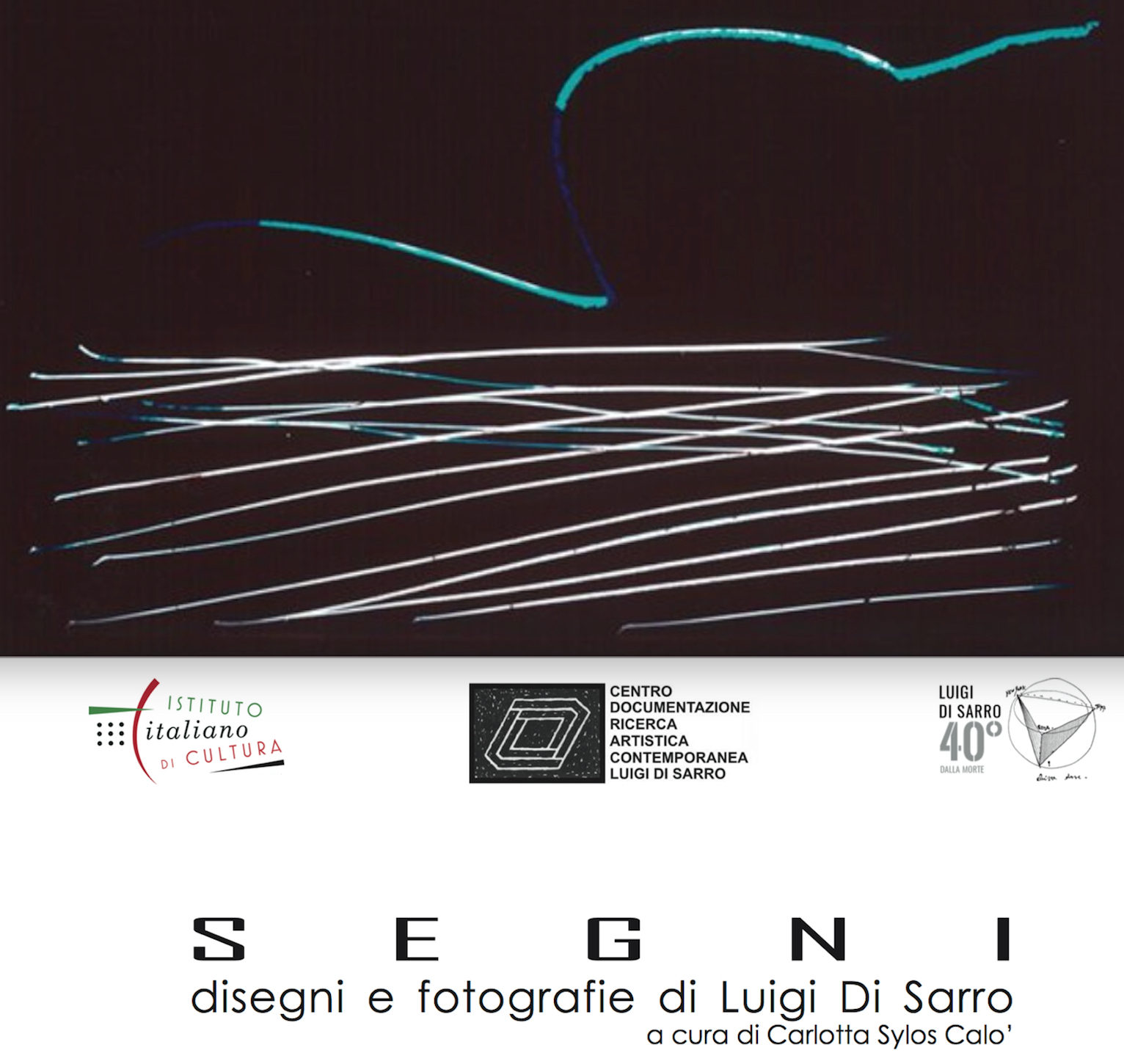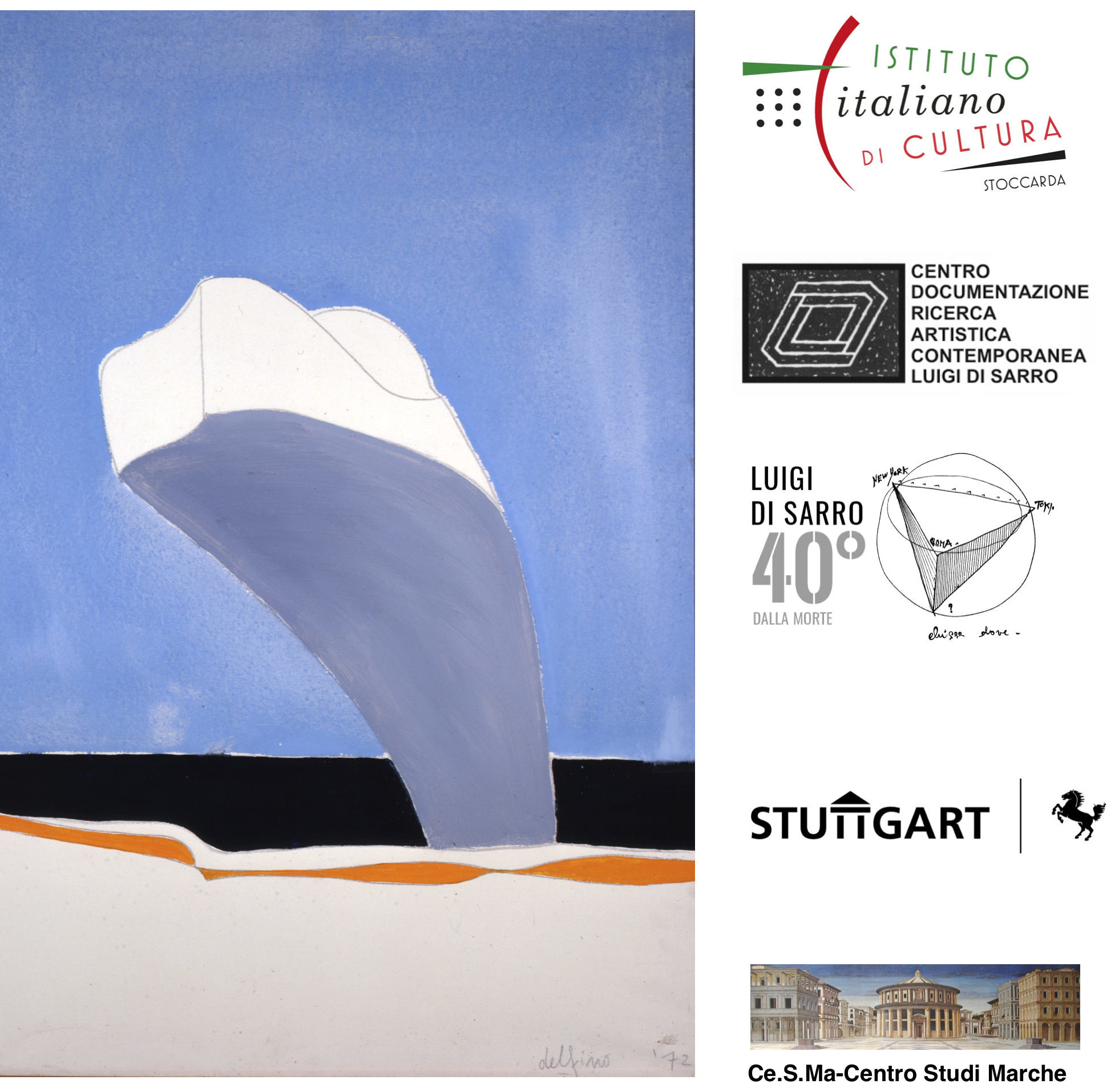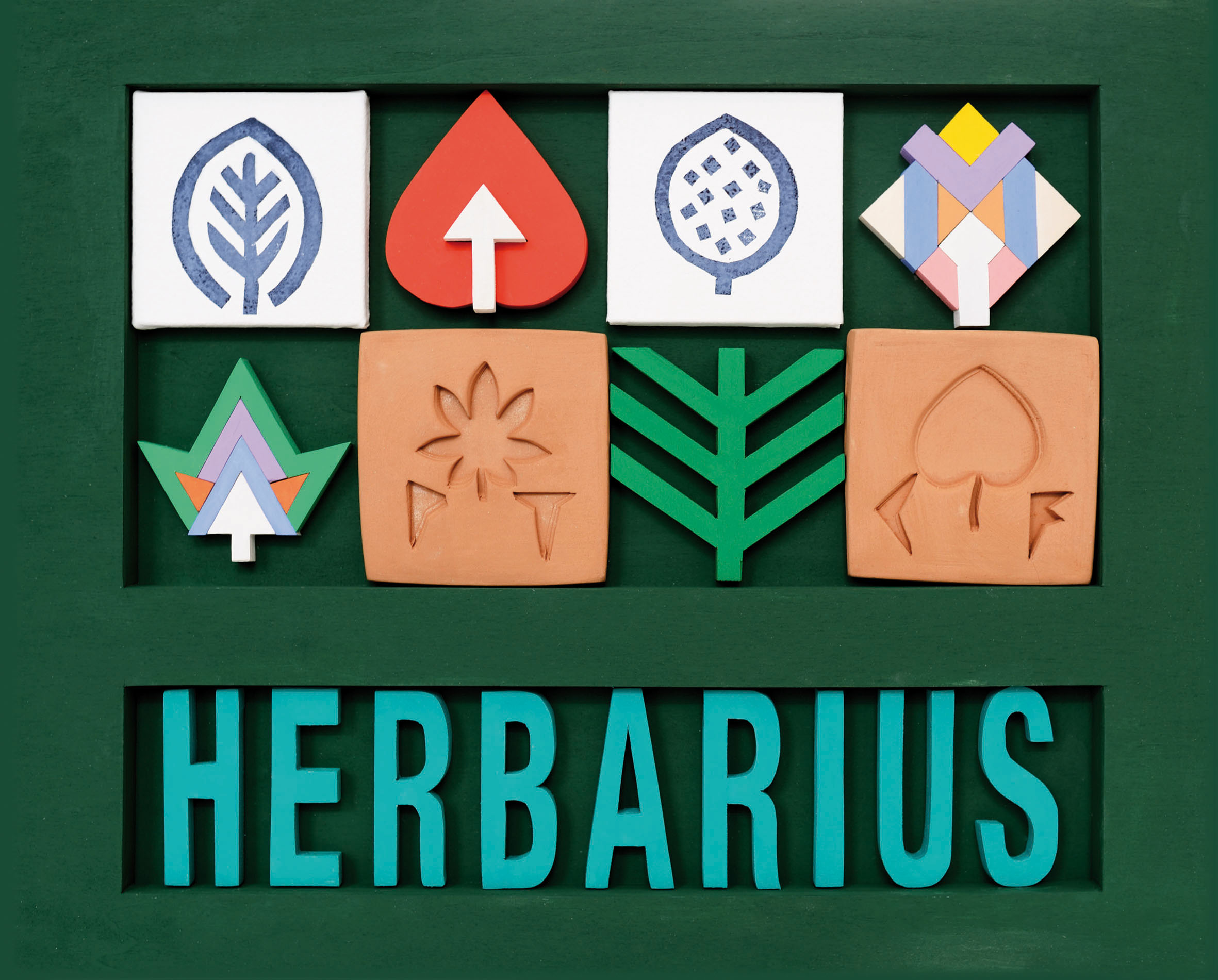Centro Luigi Di Sarro returns to cortoLovere with the finalists of the VAA-Video Art Award. The 10 finalist videos and the winners of the contest promoted by Centro Di Sarro, the Istituto Italiano di Cultura in Pretoria and cortoLovere will be screened at the international short film festival on Lake Iseo at the Tadini Academy. The event will be attended by the young videomaker winner of the South African section Kamyar Binesh Tarigh, which the Festival will host for the entire week in Lovere.
A contest dedicated to Video Art, born from the need to stimulate artistic production in the moving image to offer a limelight to experimentation in the audiovisual field and at the same time to develop opportunities for exchange and comparison on the theme of environmental sustainability, economic and socio-cultural. The Video Art Award was launched in the first edition between Italy and South Africa in 2018, and is aimed at artists who are not over 40 years old.
The competition, promoted by the Centre di documentazione della ricerca artistica contemporanea Luigi Di Sarro, with the contribution of cortoLovere and Istituto Italiano di Cultura in Pretoria, and the collaboration of Rainbow Media NPO, has rewarded the best video works produced by emerging artists on the territory of the involved countries. Among the applications, in the two sections South Africa and Italy, 10 finalists were selected by a jury of experts and the two winners were nominated by the VAA for a prize-trip to take part in the award ceremony in Cape Town (24 March 2018) and in Lovere (27 September 2018).
The Winners of the VAA are Luca Coclite, for Italy with the work Solitary Gardens and Kamyar Binesh Tarigh for South Africa with the work Shelter.
The Finalists are for Italy: Ilaria Biotti (8’20 “- On Time Traveling), Gilda Li Rosi (Migration), Caterina Pecchioli (Mani Nostre: Valeria), Michela Tobiolo (Enter this wound); for South Africa: Nonkululeko Chabalala (Nobody Wana See Us Togheter), Rory Emmet (Concerning Alchemy), Faith XLVII (Aqua Regalia), Thania Petersen (Salt).
HAVE A LOOK AT FULL SCREENINGS PROGRAM

